Student animation beats the best in Hollywood
Think you're 'only' a student and can't compete with the best in Hollywood? Michael Bidinger and Michelle Kwon beg to differ.
It's that time again! Right now, the industry's great and good are descending on LA for SIGGRAPH, the annual gathering of global animators, and where the best work from 2014-15 will be honoured in the Computer Animation Festival Awards.

And there'll be special smiles on the faces of Michael Bidinger and Michelle Kwon. Because Jinxy Jenkins and Lucky Lou – the film they co-directed at Ringling College of Art and Design – has been picked as Best Computer Animated Short from over 500 submissions, including professional work.
We caught up with Bidinger, who's currently interning at Pixar Studios, to find out more about how it was made.
What inspired this animation?
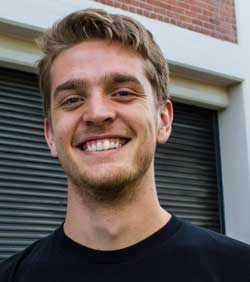
We were really influenced by French animation when we were developing the film.
Specifically, we felt that a lot of French shorts that are more about an experience, rather than employing a classic cinema story structure condensed to a few minutes.
We wanted something simple and fun like a lot of our favorite French shorts, and let the dichotomy of JJ and LL drive the the story.
How did you go about making it?
As it was our senior thesis film at Ringling College of Art and Design, We created the film following our school's three-semester pipeline: one semester for story development and preproduction, and two semesters for CG Production.
It was just us two creating the film, but we had a lot of help and support from our manager, Sarah Kambara, and those who helped us with the audio for the film, Mason Self, Nick Ainsworth, Lynn Wang, and Ed Skudder.
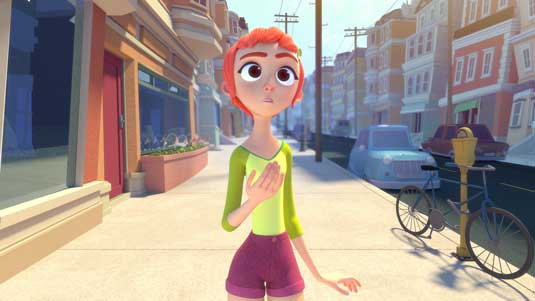
It was created primarily in Autodesk Maya, with support from programs like Adobe Photoshop, Premiere, and The Foundry's Nuke.
How did you win this award?
It seems like people found it simple and charming, which were 2 things we really hoped the final film would retain. From a lot of internet comments, it seems like many people were able to relate to various aspects of each character as well.
What advice do you have for other animators?
By no means did we know that the film would end up the way it is. It really was a product of the journey, and all the ups and downs of creating it.
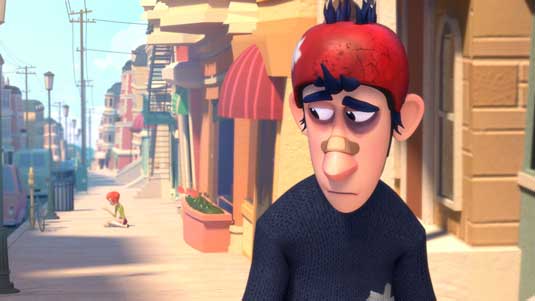
It's a miracle that what we landed on has had such a warm reception with audiences.
Our advice to anyone trying to do something similar, is to 'let go of the cart' sometimes and let things play out how they will. There were a lot of lucky accidents while making this film.
How important was winning to you?
We're mostly surprised and glad that it was so well received. It was a pretty crazy ride making the film and by the end of it, we had no objective sense of what condition the film was in. The recognition is immensely comforting and reassuring.
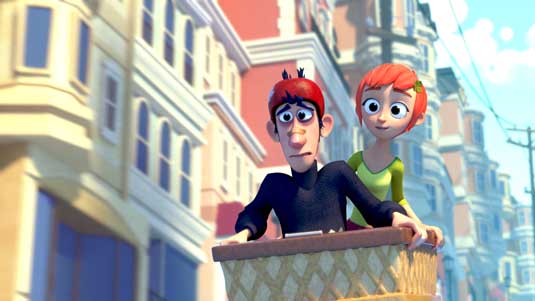
For the industry, awards are a big influence in what gets watched and what gets taught. It can shape the future of what's created.
We think it's important that is kept in mind, because it's not a good thing if the judging criteria for 'Best in Show' awards become 'Most Obvious 3-Act Structure' or 'Most Conventions Broken'.
What kind of work tends get honoured in awards ceremonies?
The films that take chances with honest intent. There's a lot of work out there meant to push limits – but not in the technical aspects.
There's so much experimental animation that goes unrecognized merely because it's not 'industry standard', or up to par with feature animation aesthetics.
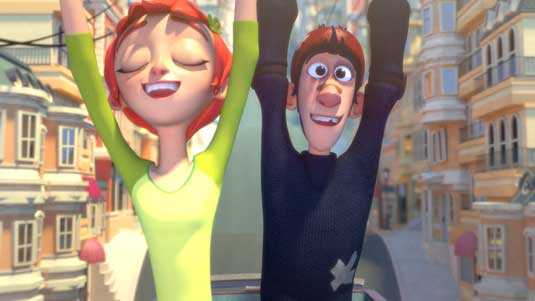
We think everyone responds well to stories and films with heart, no matter what they look like.
If you hadn't won this award, who would you have liked to it have gone to?
There's so many films and projects out there that we don't even know about, it's hard to answer this question. One of our favorite films of recent was Megan McShane's thesis film, Tired. It ditched the usual CG aesthetic and structure while still telling a relatable story about a tire, of all things. And it's funny!
3D World magazine: on sale soon!
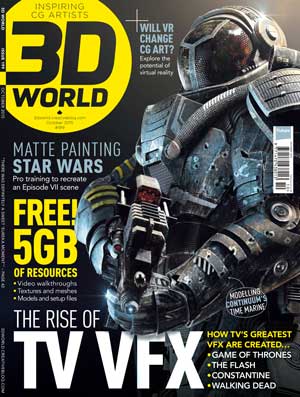
For more animation news, views and reviews – including a special feature on Siggraph's Computer Animation Festival – don't miss the latest issue of 3D World magazine.
On sale this Wednesday, 13 August, issue 199 features an incredible special feature on the rise of TV VFX, Game of Thrones and Star Wars-related tutorials, and more.
Like this? Read these
- The 12 best animations of the past 20 years
- Free Photoshop brushes every creative must have
- Hands-on review: Adobe After Effects CC

Thank you for reading 5 articles this month* Join now for unlimited access
Enjoy your first month for just £1 / $1 / €1
*Read 5 free articles per month without a subscription

Join now for unlimited access
Try first month for just £1 / $1 / €1
Get the Creative Bloq Newsletter
Daily design news, reviews, how-tos and more, as picked by the editors.

The Creative Bloq team is made up of a group of art and design enthusiasts, and has changed and evolved since Creative Bloq began back in 2012. The current website team consists of eight full-time members of staff: Editor Georgia Coggan, Deputy Editor Rosie Hilder, Ecommerce Editor Beren Neale, Senior News Editor Daniel Piper, Editor, Digital Art and 3D Ian Dean, Tech Reviews Editor Erlingur Einarsson, Ecommerce Writer Beth Nicholls and Staff Writer Natalie Fear, as well as a roster of freelancers from around the world. The ImagineFX magazine team also pitch in, ensuring that content from leading digital art publication ImagineFX is represented on Creative Bloq.
